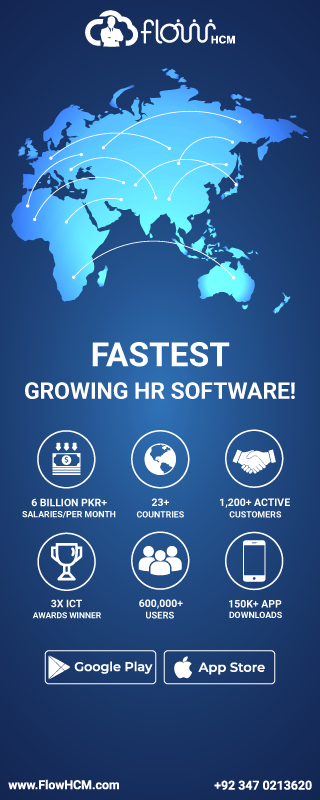In the not-so-distant past, managing payroll was a labor-intensive process that involved mountains of paperwork, endless calculations, and a high risk of errors. However, with the advent of technology, particularly the rise of payroll software in Pakistan, the landscape of payroll management has undergone a remarkable transformation. This article explores the evolution of payroll management, tracing its journey from manual methods to the digital solutions that are revolutionizing the way businesses handle payroll processing.
The Era of Manual Payroll Processing:
Before the digital age, payroll processing was primarily a manual task performed by dedicated HR professionals armed with calculators, spreadsheets, and reams of paper. Every pay period, these individuals would painstakingly tally up hours worked, calculate deductions, and prepare checks or cash for distribution to employees. Not only was this process time-consuming and prone to errors, but it also left little room for scalability as businesses grew in size and complexity.
The Rise of Payroll Software:
The emergence of payroll software marked a turning point in the history of payroll management. Initially, early iterations of payroll software focused on automating basic calculations and streamlining repetitive tasks. However, as technology advanced, so too did the capabilities of payroll software. Modern payroll solutions now offer a comprehensive suite of features designed to handle every aspect of payroll processing, from time tracking and tax calculations to employee self-service portals and compliance management.
Benefits of Digital Payroll Solutions:
The transition from manual to digital payroll management has brought about a host of benefits for businesses of all sizes. Perhaps most notably, digital payroll solutions save time and reduce the likelihood of errors by automating calculations and providing real-time access to accurate data. This not only improves efficiency but also enhances compliance with tax regulations and labor laws, reducing the risk of costly penalties and legal issues.
Furthermore, digital payroll software offers greater scalability, allowing businesses to easily adapt and expand without outgrowing their payroll system. With features such as cloud-based storage and mobile accessibility, payroll software enables seamless collaboration and access to payroll data from anywhere, at any time. Additionally, self-service capabilities empower employees to manage their payroll information independently, reducing the administrative burden on HR staff and fostering a more transparent and efficient payroll process.
Looking Ahead:
As technology continues to advance, the future of payroll management holds even greater promise. Innovations such as artificial intelligence, machine learning, and blockchain are poised to further revolutionize the payroll landscape, offering new possibilities for automation, security, and data analysis. By staying at the forefront of these developments, businesses can ensure that their payroll processes remain efficient, compliant, and adaptable to the evolving needs of the workforce.
Conclusion:
The evolution of payroll management from manual methods to digital solutions represents a significant milestone in the history of HR technology. By embracing the power of payroll software, businesses can streamline their payroll processes, improve accuracy and compliance, and empower their employees to take control of their financial information. As we look to the future, the continued evolution of payroll technology promises to usher in new efficiencies, insights, and opportunities for organizations around the world.








